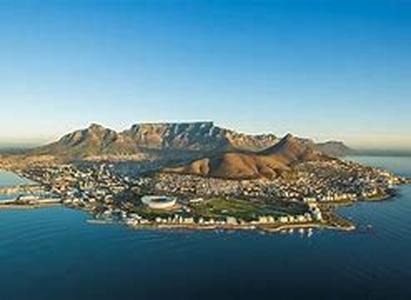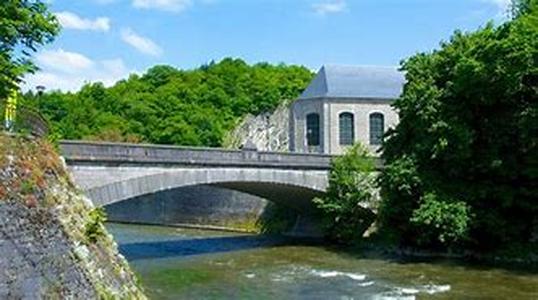
Sicily8217;s Prime Geographic Location In The Centre Of The Mediterranean Basin Has Meant That, Over Time, Settlers And Conquerors From The Medieval Normans, Aragonese Spanish, Moorish North Africans, Ancient Greeks, Phoenicians, And Romans Have Come And, Except For The Latter, Mostly, Gone. Today, Sicily's Roman Ruins Are Rivaled Only By Those In Rome, And Lovers Of Roman Archaeology Will Find A Treasure Trove Of Sites To Explore.To Get An Idea Of The Diversity Of Sicily In Ancient Times And Particularly The Range Of Artifacts From The Greek And Roman Colonizations Of The Island, Visit The Museo Archeologico Regionale In Palermo. One Of Italy8217;s Greatest Archaeological Museums, It Is Filled With Rare Finds That Put The Multiple Foreign Occupations In Perspective. As Well, You8217;ll Have A Chance To Compare Priceless Artifacts From The Island8217;s Different Civilizations, Including Those From The Phoenician, Punic, Greek, Roman And Saracen Periods. Listed Here Are Some Of The Best Roman Ruins In Sicily:Cape Boo 8211; MarsalaRoman Ruins Here Include A Villa With Baths And Colourful Mosaics, And The Church Of San Giovanni, Built Over A Cave Converted Into A Home In Roman Times. The Baglio Anselmi Archeological Museum On Lungomare Boo Exhibits Ship From The Punic Era. CataniaCatania Has Two Roman Amphitheatres, One Reminiscent Of Rome8217;s Colosseum. The Smaller One, Off Via Vittorio Emanuele, Built Upon An Earlier Greek Theatre, Accommodated 6,000 Spectators, While A Larger Amphitheatre, Near The Commercial Centre In Piazza Stesicoro, Is Completely Roman And Was Built In The Second Century AD.Solunto 8211; PalermoSeventeen Kilometres East Of Palermo, Overlooking The Coast, And On A Site That Was Originally A Phoenician Village That Had Been Expanded By The Greeks In 396 BC, Are The Ruins Of A Town That Was Rebuilt By The Conquering Romans 50 Years Later. The Ruins Mostly Consist Of Floors, With Some Mosaics, The Lower Portions Of Walls, With Some Murals, And Some Columns. While There Is A Small Archaeological Museum Here, Most Of The Original Artifacts Are In The Palermo's Regional Archaeological Museum.TaorminaThe Greek Amphitheatre Here, Built In The Third Century BC, Was Expanded Later By The Romans, Who Enlarged The Stage. The View Of Mount Etna And The Sea Beyond The Theatre Is Spectacular. During Summer, The Theatre Stages Dramatic Performances. A Much Smaller Roman Theatre, The Odium, Is Near Santa Caterina Church. Tyndaris 8211; Capo TindariTyndaris, Founded By Dionysius The Elder In 396 BC, And Later Destroyed By Pillaging Conquerors, Has Been Excavated To Display The Ruins Of Everything From A Basilica To A Roman Theatre. Overlooking The Sea, The Setting Here Is Magnificent.Villa Romana Del Casale 8211; Piazza ArmerinaThis Roman Villa, A Few Kilometers Outside Town, And Built Between 330 And 360 AD, Is One Of The Largest Surviving Classical-era Roman Dwellings Anywhere. The Villa Contains 40 Rooms With Western Europe8217;s Most Magnificent Mosaics Depicting Scenes From Daily Life, Such As Hunting, And One Mosaic Of Ten Young Women Dressed In Strapless Two-piece Swim Suits That Could Be In Fashion Today.No Archaeology Lover8217;s Trip To Sicily Would Be Complete Without Visiting The Valley Of The Temples, The Largest And Best Collection Of Ancient Greek Ruins In The World. You8217;ll Also See Necropoli, Houses, Streets And Everything Else You Would Expect To Find In An Ancient City. Be Sure To Check Out The Small Amphitheatre, The Several Auditoria, And The First-rate Archeological Museum. You Can8217;t Miss The Concord Temple With Its With 13 Tall, Wind-eroded Columns. Set Outside The City Of Agrigento, On The Southern Coast Of Sicily, The Temples Look Dramatic At Night When Floodlights Accentuate Their Shape And Form.





